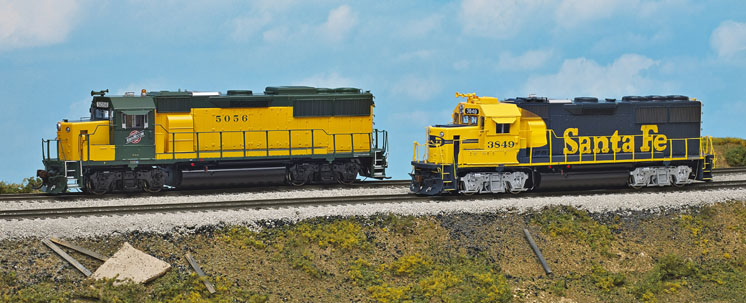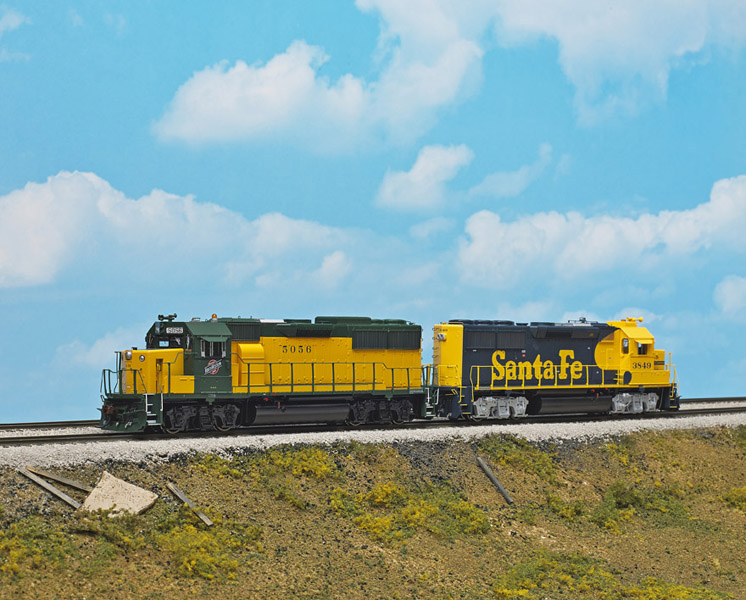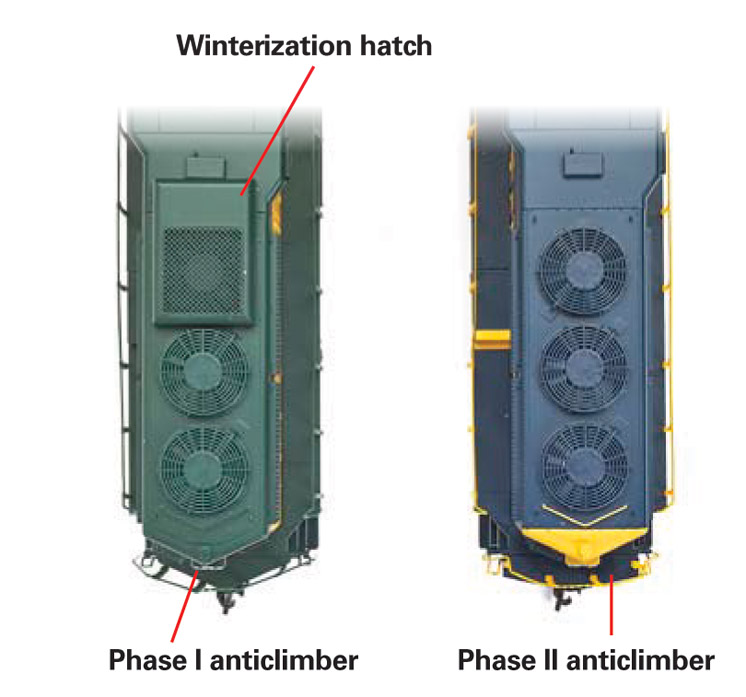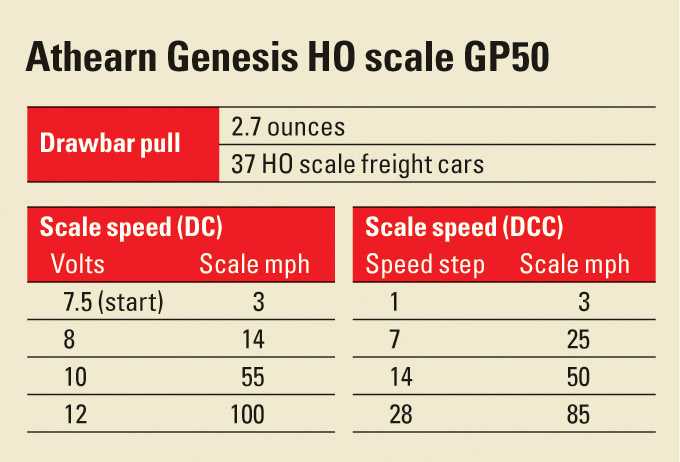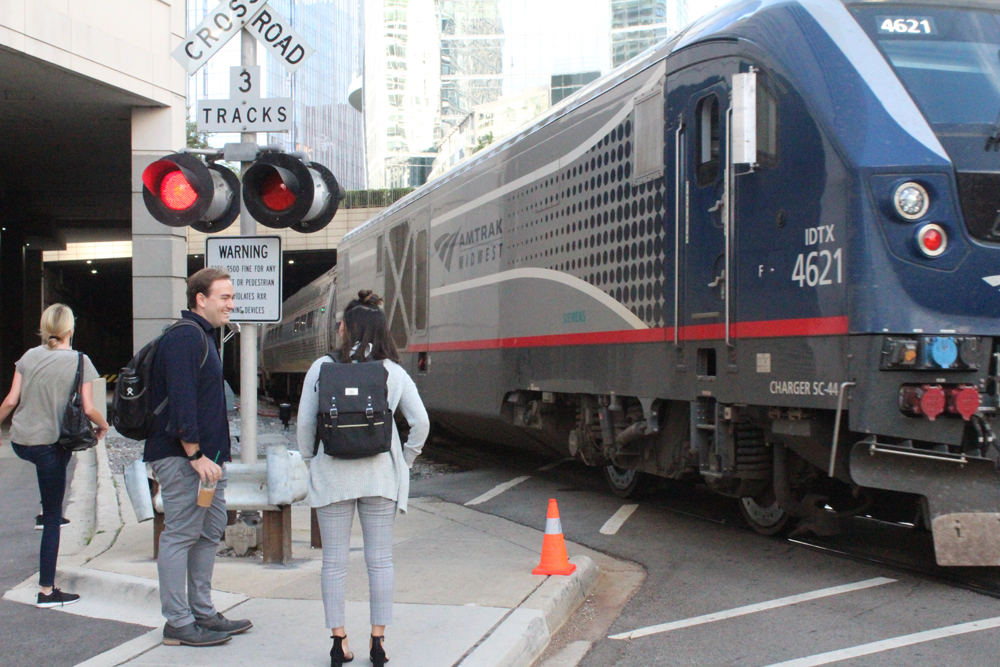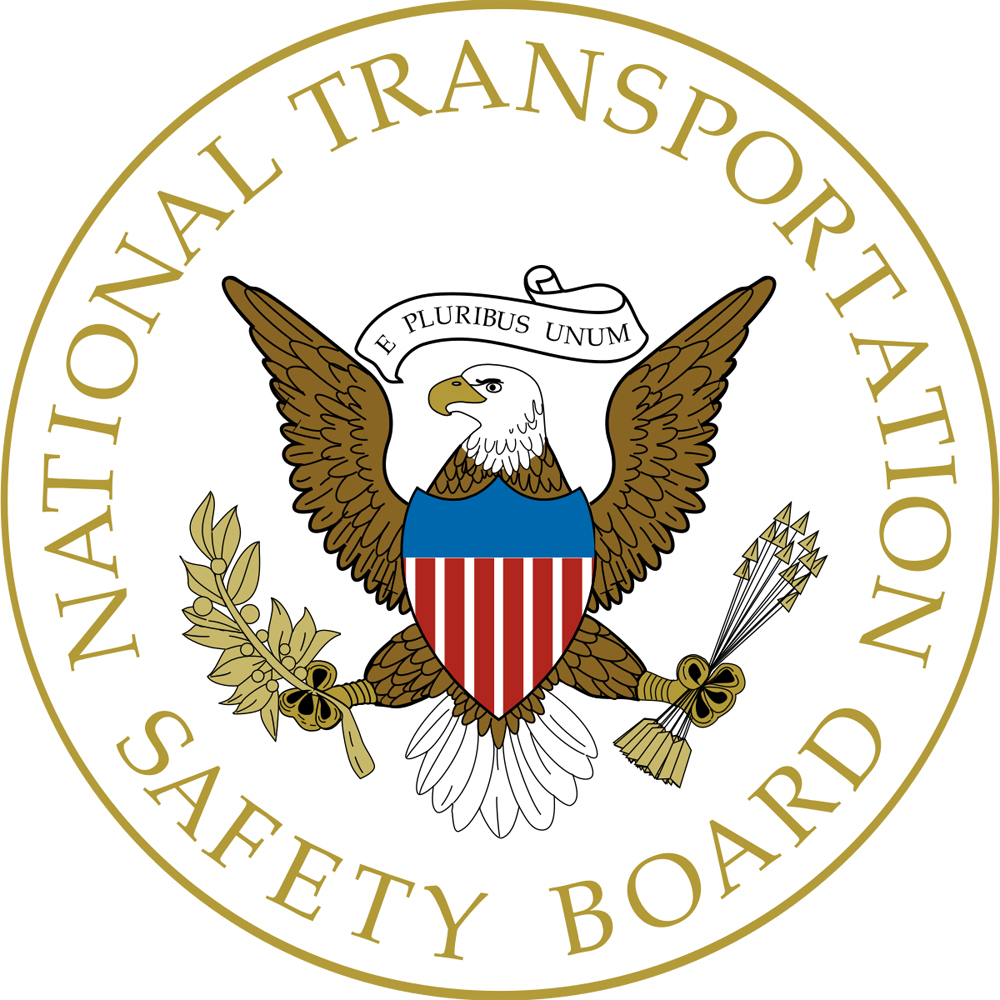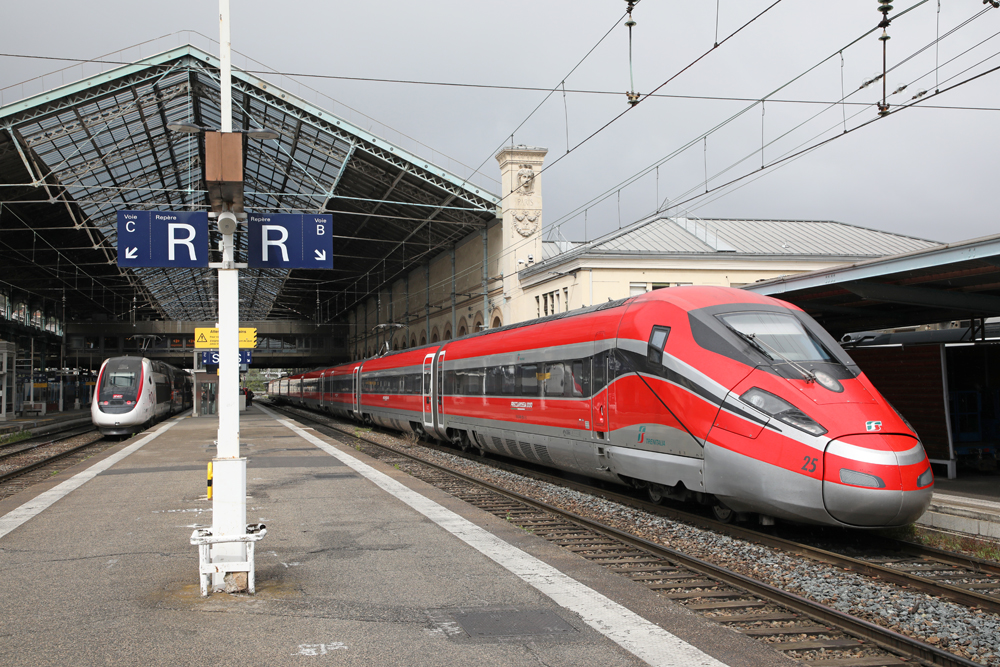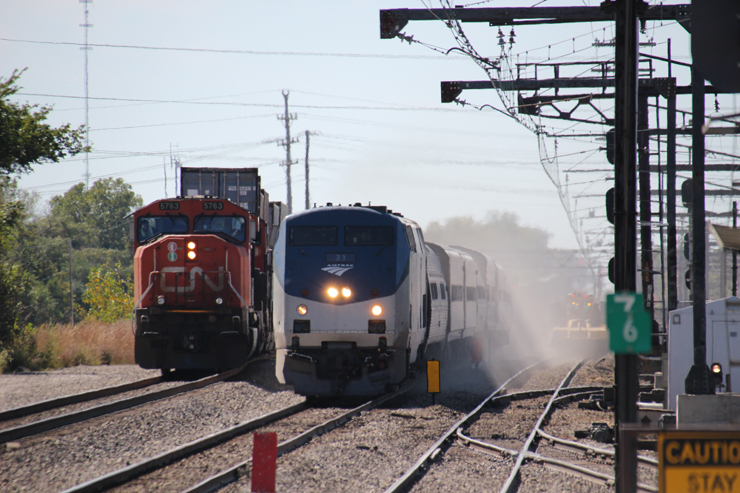The prototype. Meant to be a replacement for the 3,000 hp GP40-2 in General Motors’ Electro-Motive Division product line, the GP50 boasted a 3,500 hp 645F3 turbocharged diesel engine, new D87 traction motors, and other improvements. Problems with the new engine and lackluster sales kept the production run short. Only 278 GP50s were built compared to 1,143 GP40-2s.
The first 50 locomotives went to the Chicago & North Western Ry. in May 1980. The Southern Ry. had the largest fleet, rostering 90 high-short hood GP50s. The Missouri Pacific RR was the only road to order its GP50s without dynamic brakes. The Burlington Northern RR’s GP50 roster included nine that were originally ordered by the St. Louis – San Francisco Ry. prior to its purchase by the BN in 1980.
In 1985, EMD made external modifications to the GP50 design. Railfans and modelers refer to these as Phase II and the earlier units as Phase I. The Atchison, Topeka & Santa Fe Ry. and BN purchased both Phase I and Phase II GP50s.
Many GP50s now wear the livery of post-merger railroads, such as BNSF and Norfolk Southern. Union Pacific inherited GP50s from the CNW and MoPac.
The models accurately depict all the differences between Phase I and II GP50s. The Phase I model has a stepped side sill, sharper angled rear anticlimber, and the wide “mailbox” style blower duct behind the cab. Details on the Phase II version include the straight side sill, shallower angled rear anticlimber, and narrower, angled blower duct.
The acetal plastic handrails have scale profiles, but several of the stanchions came loose on our samples. Modelers may want to add a touch of cyanoacrylate adhesive to keep these parts in place.
Both paint schemes match prototype photos. Santa Fe no. 3849 correctly has the brake ratchet recess painted blue. Santa Fe units delivered in 1981 had this space painted yellow.
Separate parts on the model’s plastic truck sideframes include brake cylinders. The HO scale trucks match drawings of the prototype’s Blomberg-M trucks in the Mainline Modeler article.
Mechanism. After removing the coupler boxes, I carefully lifted off the locomotive shell. The model’s mechanism is the same as that of other recent Athearn Genesis Geeps. The motor and flywheels are in the middle of a die-cast metal frame with additional metal weights at each end of the frame.
The printed-circuit (PC) board and DCC decoder is mounted on top of the motor, and the single round speaker enclosure is attached to the top of the rear weight. Wires run from the PC board to the headlight assemblies. Athearn uses incandescent micro light bulbs for the headlights. I like the realistic yellowish glow that the bulbs provide compared to white light-emitting diodes found in other models. However, the bulbs are more likely than LEDs to burn out over time and need replacement.
The model’s all-wheel pickup kept the sounds and lights on without interruption as I ran it through the no. 6 yard turnouts on our layout. The acetal plastic sand lines at the front and rear of each truck cleared all of our code 83 track, turnouts, and grade crossings.
The GP50 has respectable pulling power for a four-axle diesel. The locomotive should be able to handle 37 HO freight cars on straight and level track.
In our hill-climbing test the GP50 pulled 11 HO freight cars up a 3 percent grade without slipping and stalling.
When running on a DC layout, the GP50’s lights turn on and engine goes through a start-up sequence then idles at 7V. The engine rpms increase gradually to notch 8 as I advanced the throttle from 7.5 to 12V.
When changing direction, it’s important not to reduce the throttle below 7V or the sound will shut off. The bell turns on automatically at speeds below 20 scale mph (8.5V). A quick increase of the throttle triggered a grade-crossing signal. With some practice I could time the signal to blow as the engine approached and passed through the crossing.
DCC operation. The GP50 performed reliably in DCC, thanks to its excellent SoundTraxx decoder. During testing I ran and programmed the model with a Digitrax Zephyr, NCE Powercab, and MRC Prodigy Advance. I also advance consisted our GP50 samples to run as a multiple unit (m.u.) set.
An extensive user manual that lists all the programmable configuration variables (CVs) supported by the SoundTraxx decoder is available at www.soundtraxx.com. Following these instructions I easily fine-tuned the performance of our samples. I added momentum for more realistic starts and stops. I also chose one of the 14 preset speed tables that gave me finer control of the locomotive at slower speeds.
The SoundTraxx decoder does a great job capturing the sound of a turbocharged EMD 645. I appreciated that I could fine tune the engine sounds. For example CV 116 sets the number of speed steps per engine notch. The engine sounds can also be set for manual notching, where the engine rpm are controlled with function keys independently of the locomotive’s speed.
User-triggered functions include the bell, horn, and dynamic brake fans. Both the CNW and Santa Fe versions have operating roof beacons that are controlled by function 6.
With the GP50, Athearn continues its Genesis-series tradition of providing a superdetailed, prototype-specific model right out of the box. The realistic effects provided by the SoundTraxx decoder make it a fun locomotive to run on both DC and especially DCC layouts.
Manufacturer
Athearn Trains
1600 Forbes Way, Ste. 120
Long Beach, CA 90810
www.athearn.com
Era: 1980 (Phase I) or 1985 (Phase II) to present
Road names (multiple road numbers available): Phase I: Chicago & North Western, Missouri Pacific, Norfolk Southern (high short hood), Southern (high short hood), Union Pacific. Phase II: Atchison, Topeka & Santa Fe; Burlington Northern (tiger stripe); BNSF (Heritage I scheme). Undecorated versions of both phases available.
Features
- All-wheel drive and electrical pickup
- Five-pole skew-wound motor with dual brass flywheels
- McHenry operating knuckle couplers at correct height
- Minimum radius: 18″
- RP-25 contour metal wheels work on codes 70, 83, and 100 track
- SoundTraxx dual-mode DCC sound decoder (DCC version only)
- Weight: 14 ounces





